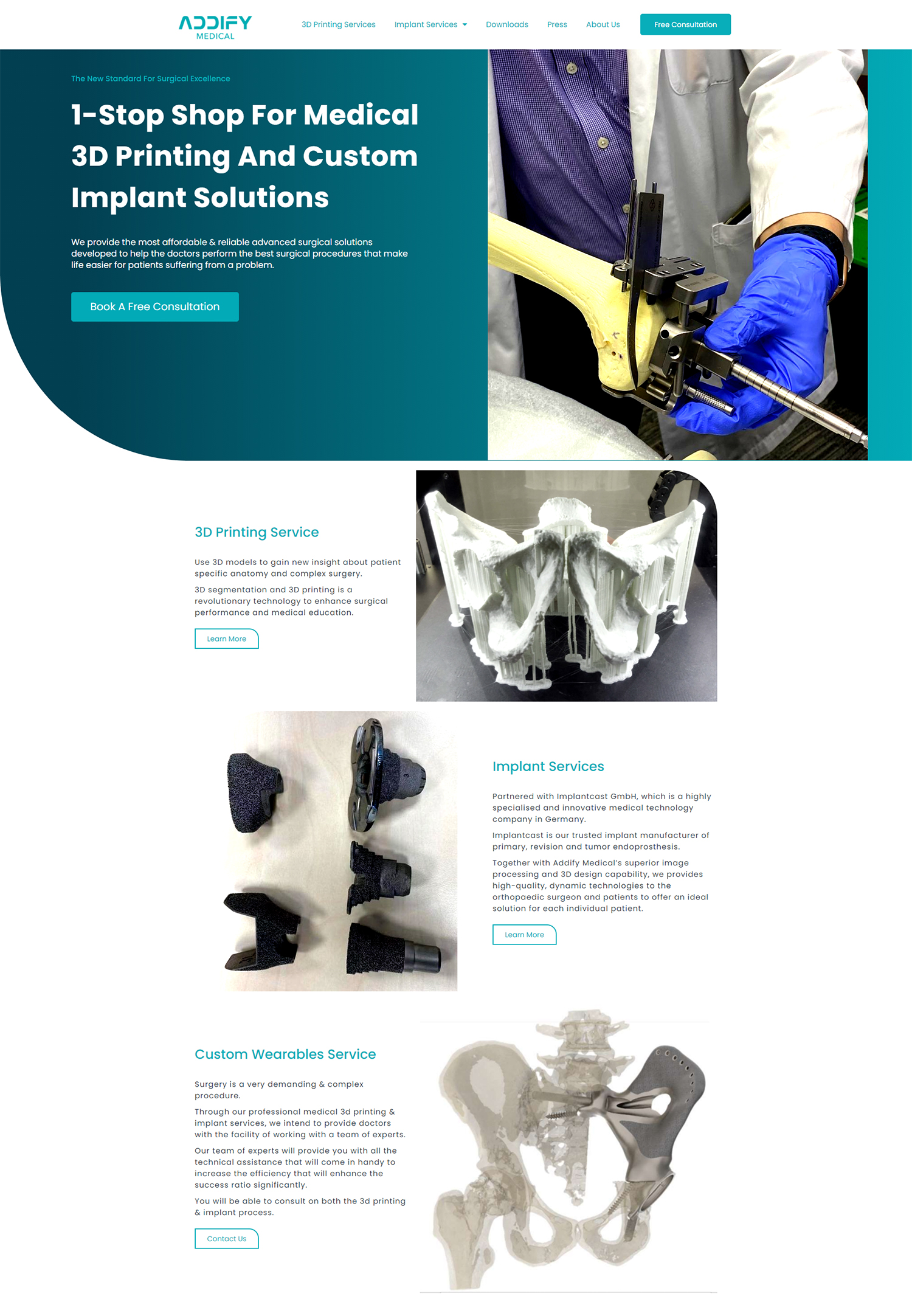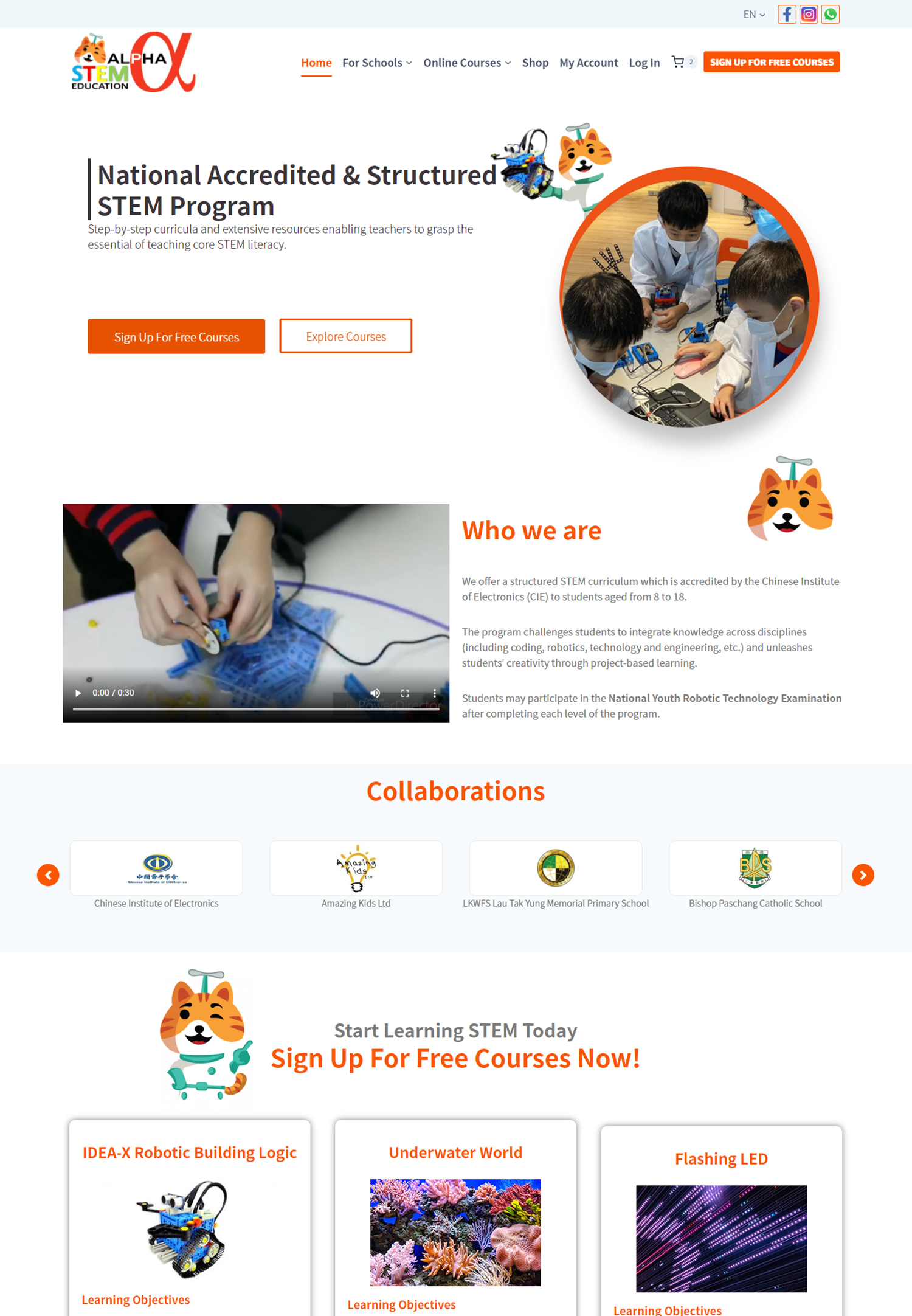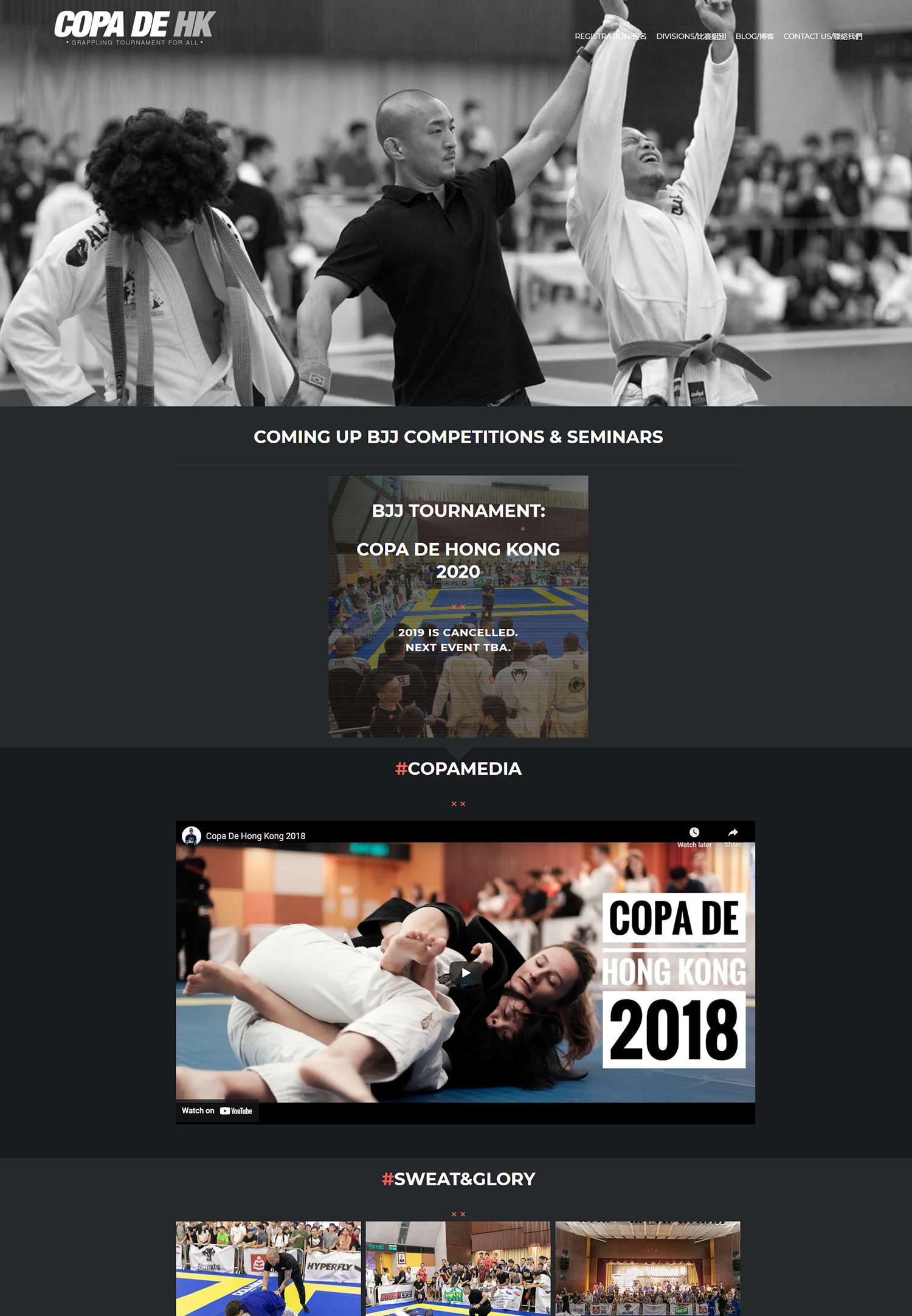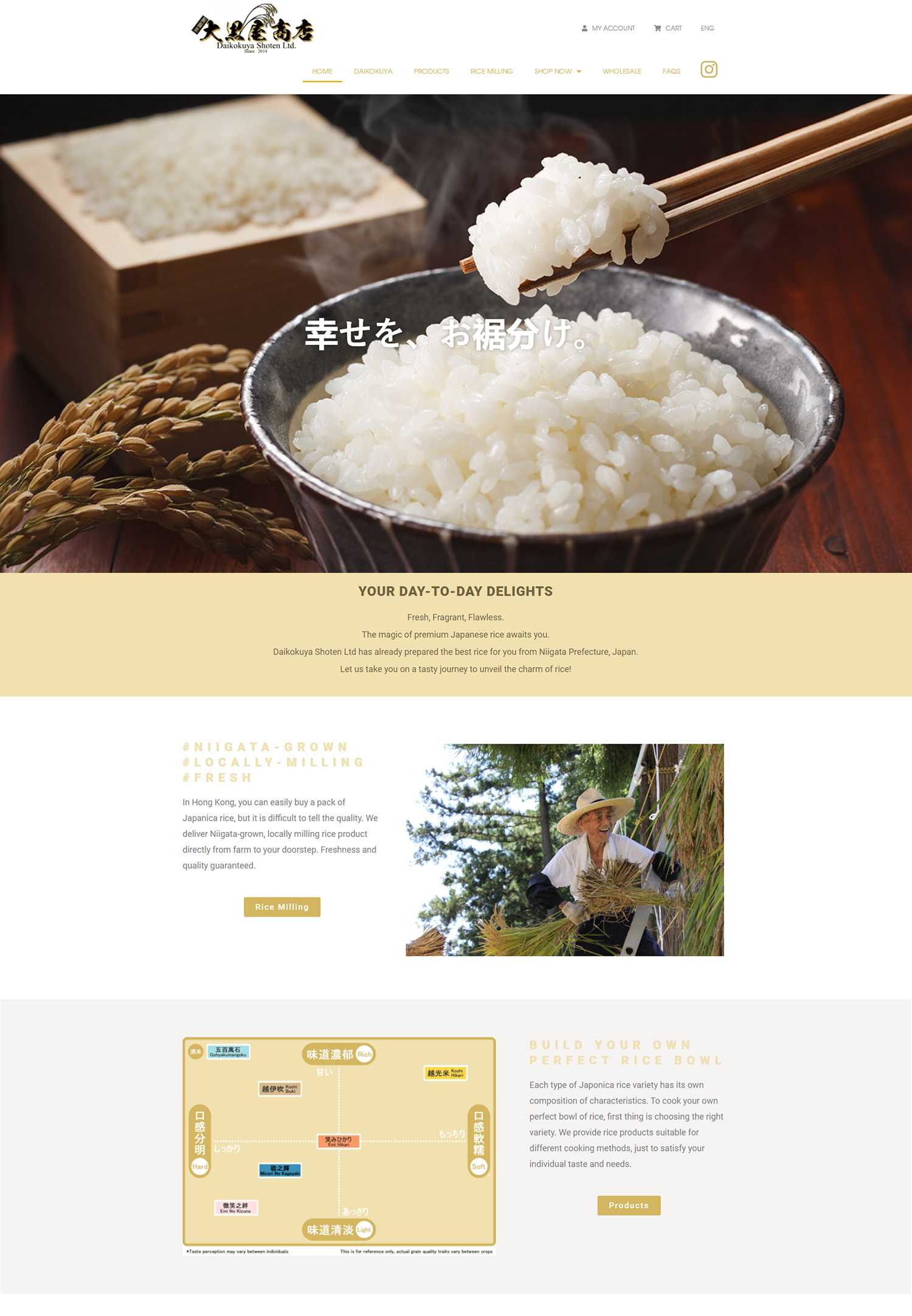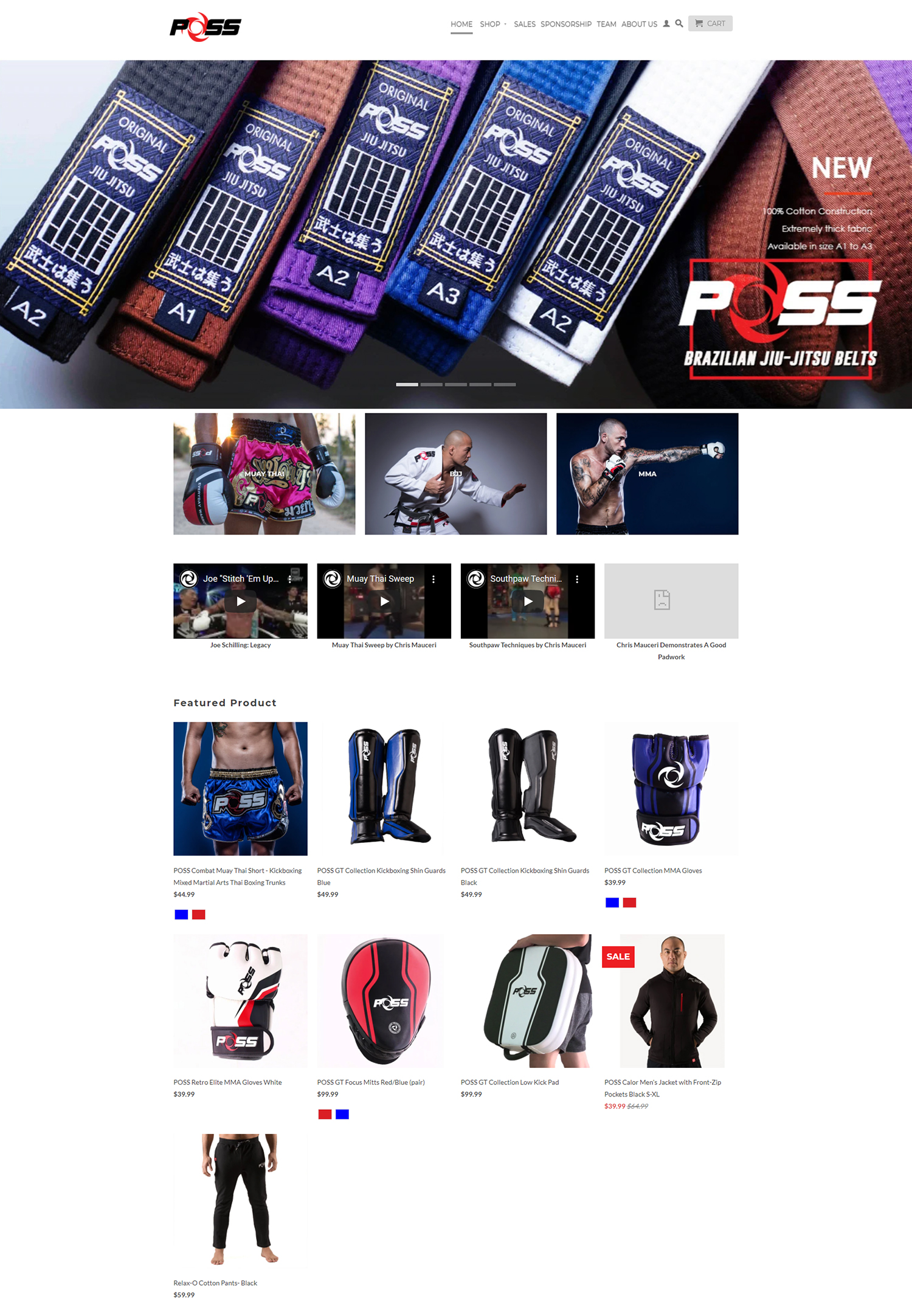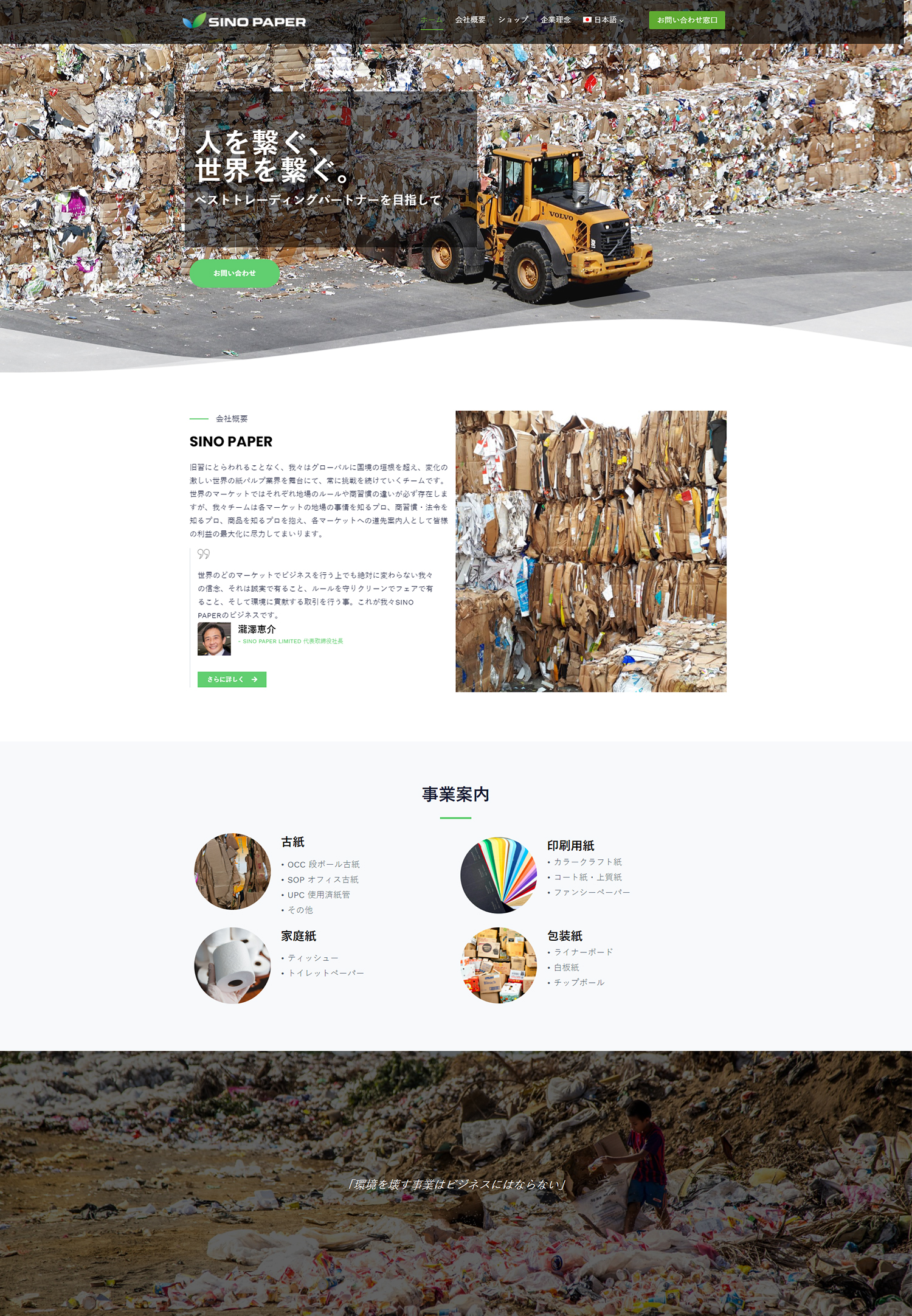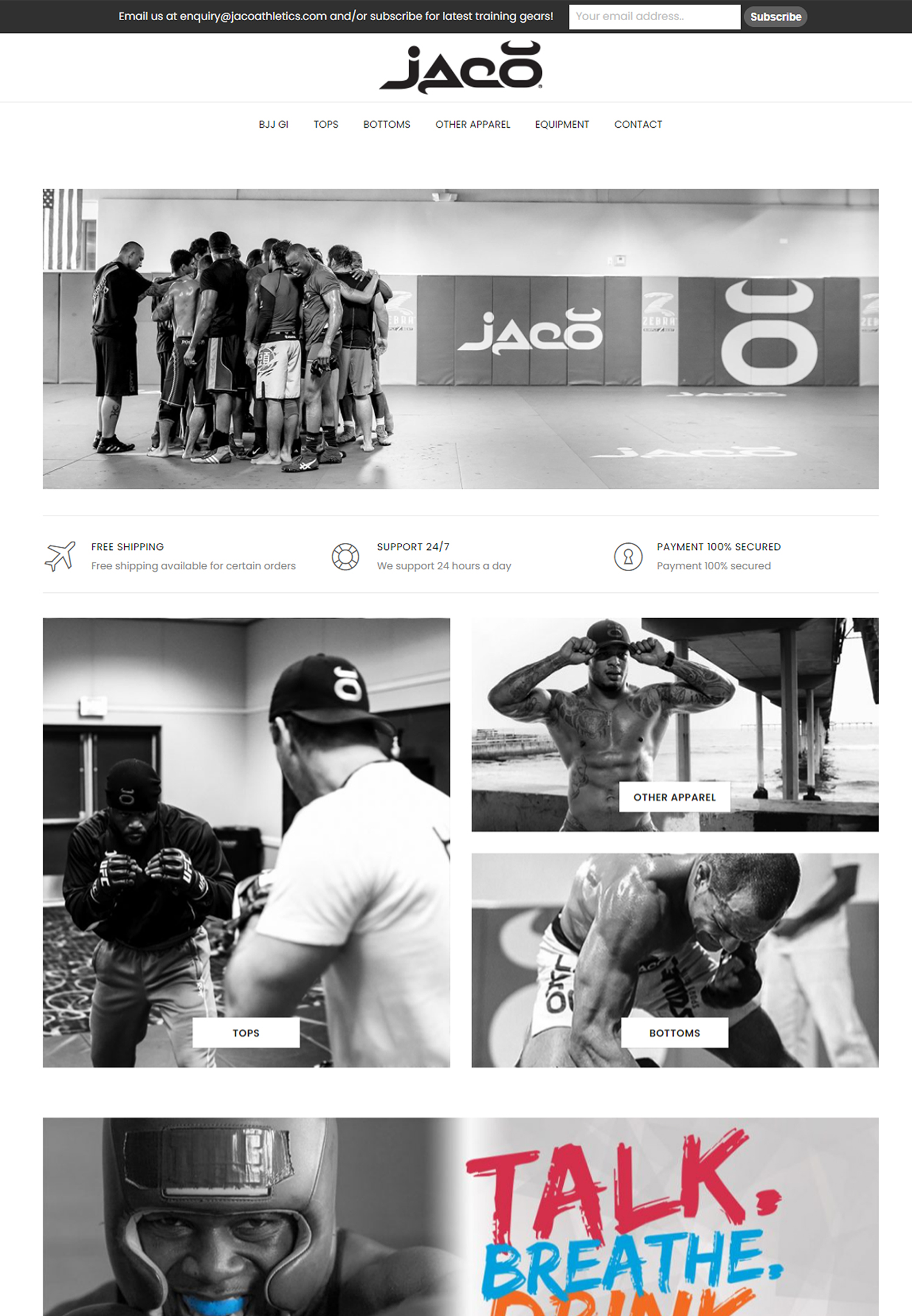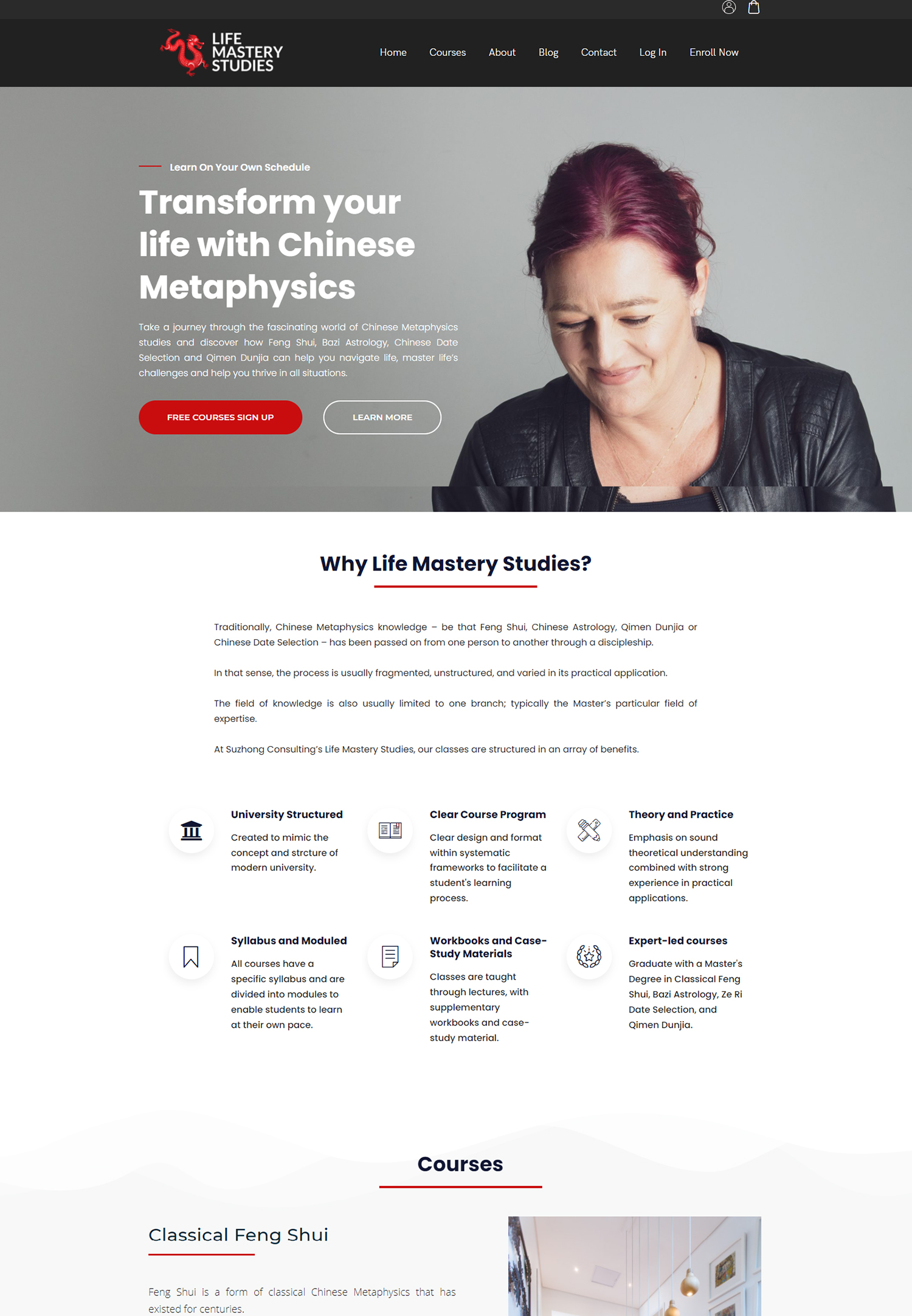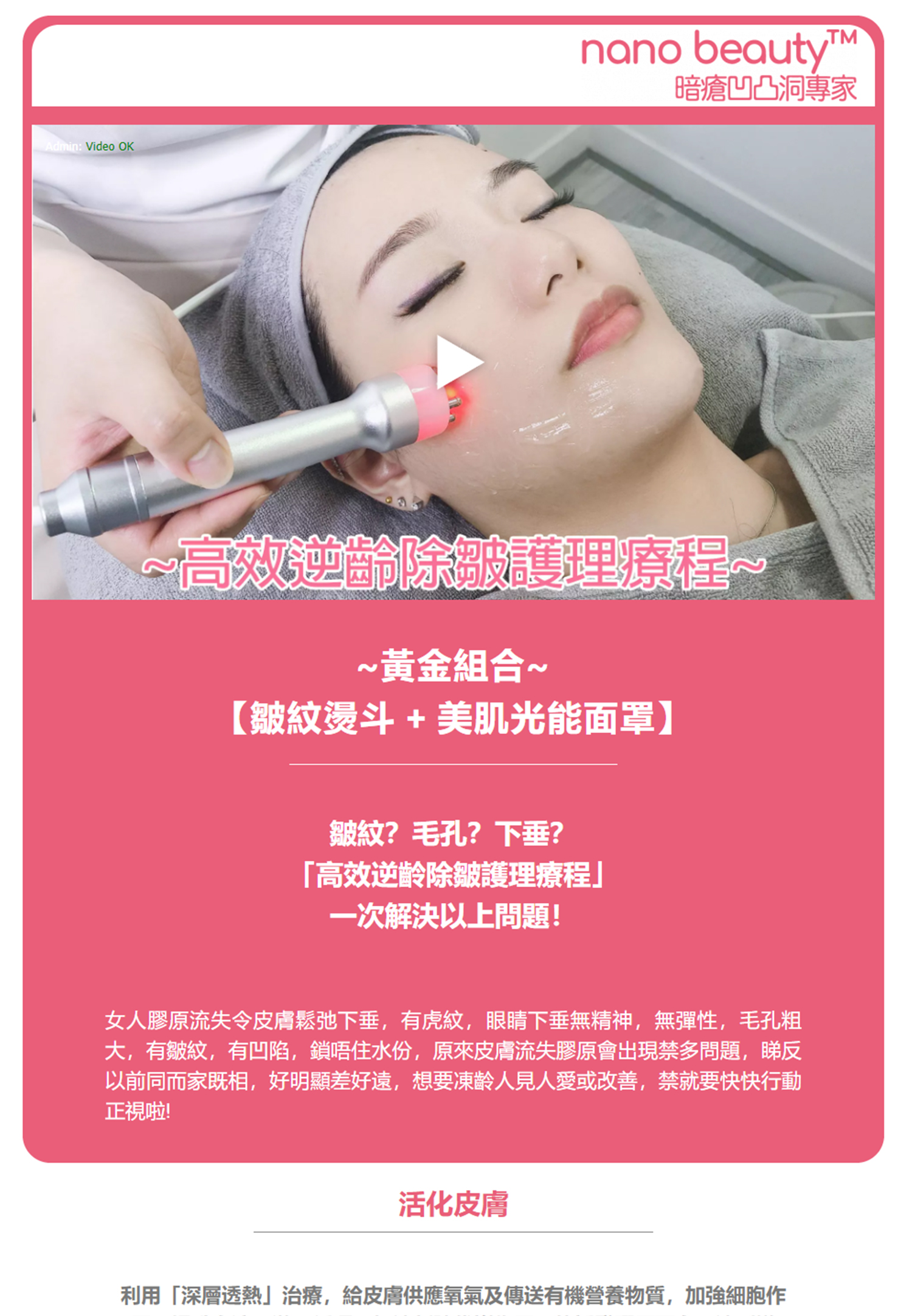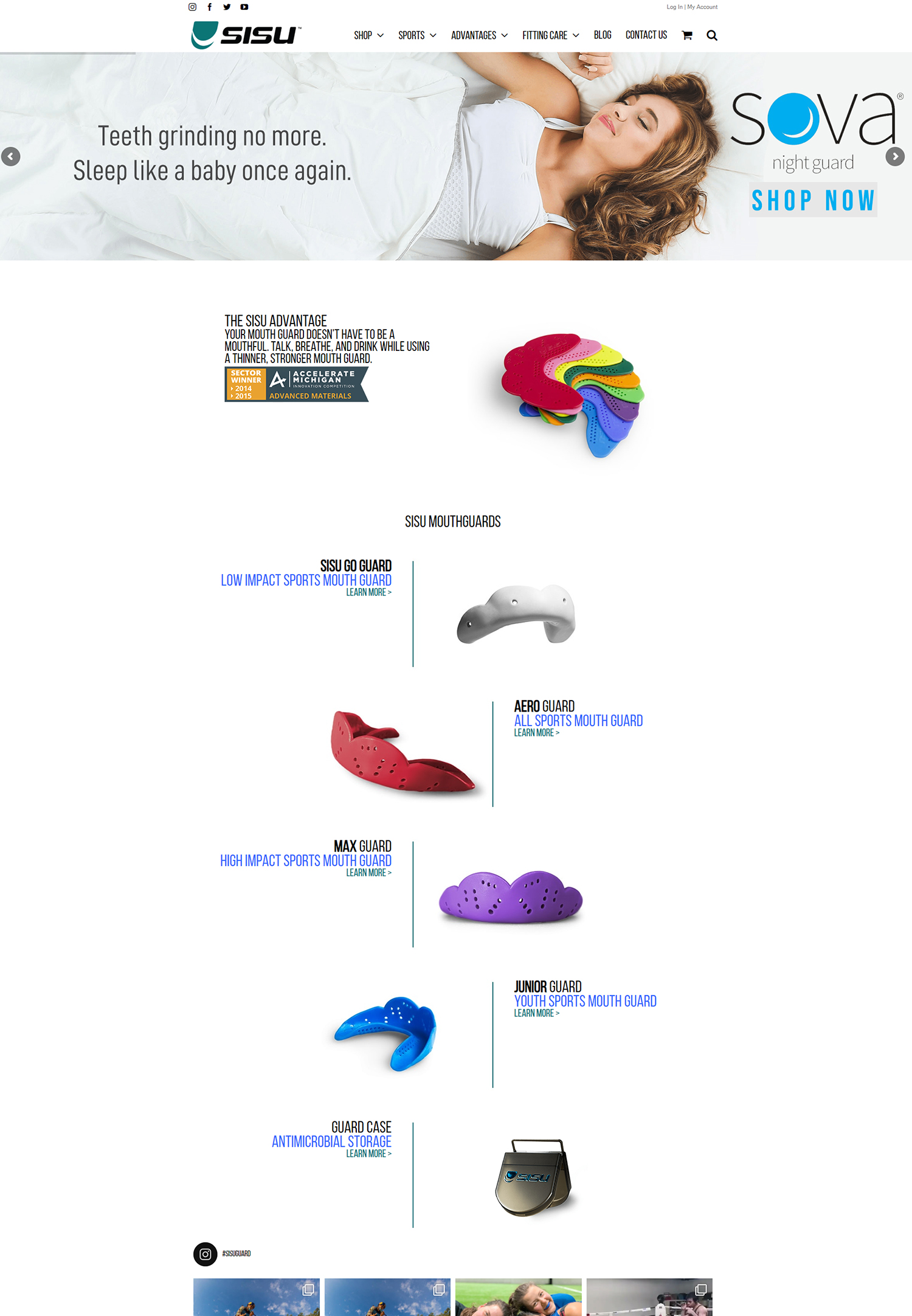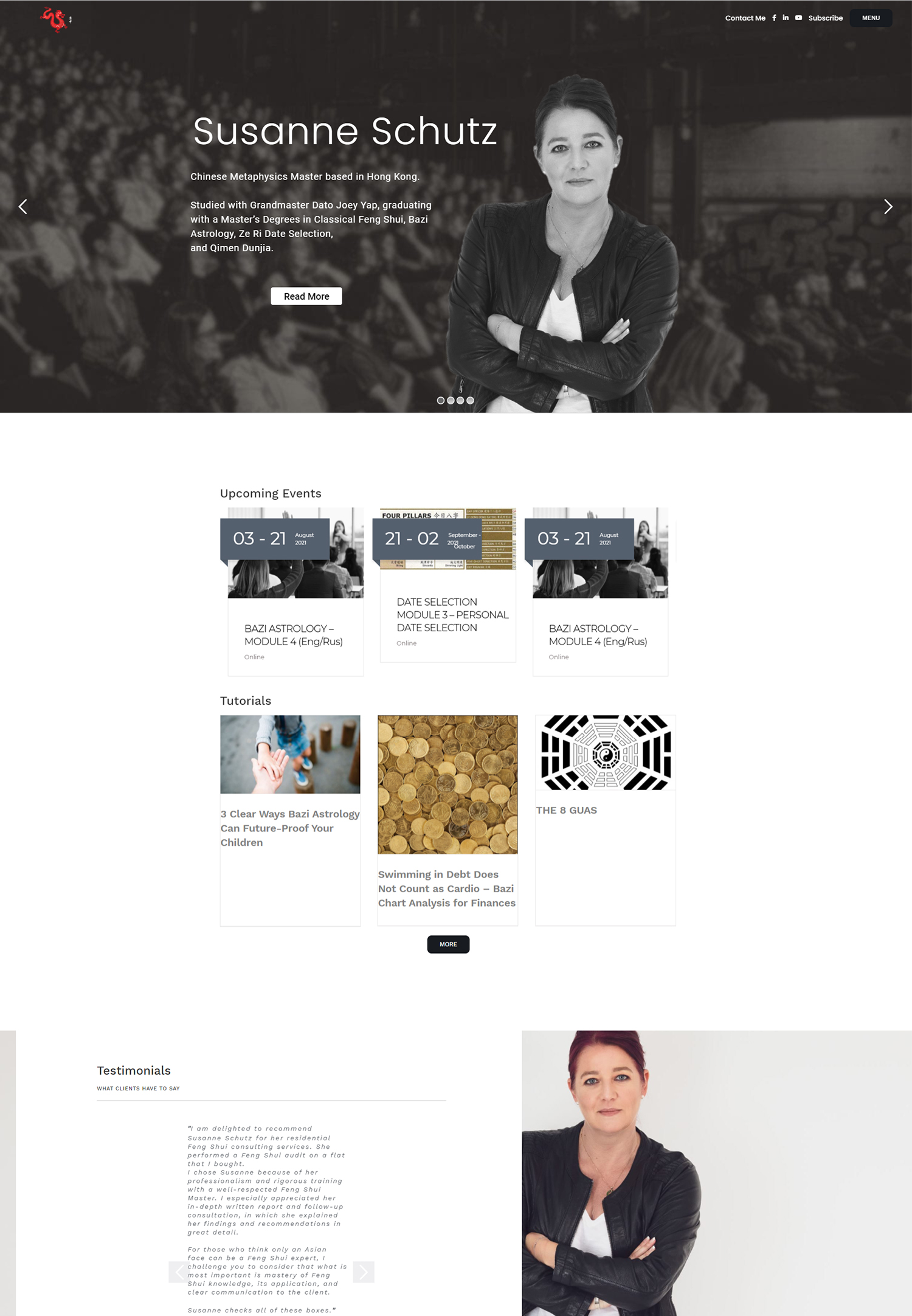The customer journey from initial awareness of a product or service to eventual purchase and beyond is represented by the marketing funnel, a conceptual framework. An inverted pyramid is commonly used to represent it, with the widest point at the top signifying potential customers entering the funnel and the narrowest point at the bottom representing actual purchases. In general, awareness, interest, consideration, intent, evaluation, and purchase are the stages of the marketing funnel. To effectively customize their marketing strategies at every stage of the customer journey, businesses must comprehend this framework.
Key Takeaways
- The marketing funnel represents the customer journey from awareness to purchase and beyond.
- Generating leads and building awareness involves creating compelling content and utilizing various marketing channels.
- Nurturing leads and building trust requires personalized communication and providing valuable information to potential customers.
- Converting leads into customers involves a seamless and persuasive sales process.
- Retaining customers and building loyalty is achieved through exceptional customer service and ongoing engagement.
- Upselling and cross-selling to existing customers can increase customer lifetime value and drive additional revenue.
- Analyzing and optimizing the marketing funnel is essential for identifying areas of improvement and maximizing marketing efforts.
Businesses try to grab potential customers’ attention during the awareness stage, which is at the top of the funnel, by using different marketing channels like social media, content marketing, and advertising. Potential clients start interacting with the company & its offerings as they proceed down the funnel and reach the interest and consideration stages. Companies can educate potential clients about their goods and services at these phases by offering insightful content & information.
After that, potential customers go through the intent and evaluation stages, during which they actively consider buying something and weigh their options. Lastly, the purchase stage, located at the bottom of the funnel, is where prospective clients convert to actual clients by completing a deal. Businesses can optimize their marketing efforts to guide potential customers through each stage of the purchasing process and identify potential drop-off points by understanding the marketing funnel. By using this framework, businesses may develop focused strategies for every phase of the customer journey, which eventually leads to an increase in conversion rates & client acquisition.
Techniques to Increase Awareness and Generate Leads. Search engine optimization (SEO), social media marketing, advertising, content marketing, & more are some of the tactics that businesses can employ to create awareness and generate leads. Social media and content marketing. In order to draw in potential clients and increase brand awareness, content marketers create & distribute informative content like blog posts, videos, and infographics.
Through sites like Facebook, Instagram, and Twitter, social media marketing enables companies to interact with potential clients and reach a large audience. Partnerships, Advertising, and SEO. To make it easier for potential customers to find businesses online, search engine optimization (SEO) is crucial for ensuring that websites rank highly in search engine results.
Businesses can also target and increase awareness of their brand by using advertising platforms like Facebook Ads & Google Ads. Forming alliances and working together is another successful method for creating awareness & generating leads. Businesses can expand their customer base and establish trust by collaborating with other companies or prominent figures in the sector. It’s critical for businesses to nurture leads and establish trust once they’ve stepped into the marketing funnel. This entails building rapport & credibility while educating potential clients about their goods and services through the provision of insightful content & information.
Since email marketing allows companies to deliver personalized and relevant content straight to the inboxes of prospective clients, it’s a highly effective tool for nurturing leads. To pique the interest & inform potential buyers, this can include newsletters, product updates, and special deals. Also, businesses can establish credibility and demonstrate their industry expertise by offering helpful resources like case studies, whitepapers, & how-to guides. Social proof and client testimonials are two more powerful tools for lead nurturing & trust-building. Businesses can establish credibility & reassure prospective clients about the caliber of their goods and services by displaying gratifying reviews and testimonials from pleased clients.
In addition to social media posts and advertising, they can accomplish this by creating specific testimonial pages on their website. Establishing a personal connection and fostering trust can also be achieved by interacting with prospective clients on social media and in forums. Quickly answering questions & comments from clients demonstrates that companies respect their input and are dedicated to offering top-notch customer support. Encouraging potential customers to make a purchase requires developing trust with them along the marketing funnel.
Businesses may position themselves as dependable and trustworthy sources and raise the possibility that prospective customers will become actual customers by nurturing leads with insightful content, tailored communication, & social proof. Lead to customer conversion is the next phase of the marketing funnel. Here is where companies try to encourage prospective customers to become real customers by persuading them to buy something.
Businesses can employ a variety of tactics to turn leads into clients, including tailoring recommendations, offering exclusive deals and promotions, & streamlining the checkout process. By providing a limited-time deal or a discount on their first purchase, special promotions and discounts can encourage potential customers to make a purchase. Email marketing, social media advertising, and websites of businesses can all be used for this. Personalized recommendations that are derived from past interactions with a business’s website or their browsing history can also persuade potential customers to make a purchase.
Businesses can raise the chance of conversion by exhibiting goods & services that are catered to the interests and preferences of potential clients. Also, friction can be decreased and potential customers can find it easier to complete their purchase by streamlining the checkout process, providing multiple payment options, & being transparent about shipping and return policies. Retargeting ads are another useful tactic for turning leads into paying customers. Businesses can remind potential customers who have previously visited their website but did not purchase about their products or services and persuade them to give it another go.
To reach potential clients wherever they are online, retargeting advertisements can be shown on a variety of platforms like social media, display networks, and search engines. Businesses can improve their conversion rates & convert more leads into paying customers by putting these strategies into practice successfully. Businesses should concentrate on keeping potential consumers and fostering loyalty once they have converted to actual clients. Maintaining current clientele is frequently more economical than attracting new ones since happy consumers are inclined to become repeat customers & refer businesses to others.
Businesses can use a variety of tactics, like offering loyalty programs, delivering exceptional customer service, and interacting with clients through tailored communications, to keep customers and foster loyalty. Maintaining a strong customer base & cultivating loyalty require exceptional customer service. Companies should aim to surpass their clients’ expectations by promptly and expertly handling any problems or complaints.
This might involve being receptive to client questions, facilitating simple returns and exchanges, and offering proactive order updates. Businesses may build enduring relationships with their clients and promote repeat business by providing outstanding customer service. Retaining customers and cultivating loyalty can also be achieved through loyalty programs. Businesses may encourage their customers to keep making purchases by rewarding them with points, discounts, or special benefits for doing so. This builds the relationship between companies & their clients & promotes repeat business.
Maintaining and growing a loyal customer base also requires engaging with them through personalized communication. Companies can offer customers exclusive promotions that are catered to their interests or send them targeted emails with personalized product recommendations based on their past purchases. Also, social media engagement that involves replying to messages and comments from clients can improve the rapport between companies & their clientele. Businesses can develop a devoted client base that sticks with them over time by concentrating on customer retention and loyalty building. Know your cross-selling & up-selling tactics.
Businesses that are successful in keeping their current clientele can concentrate on upselling & cross-selling in order to raise average order value and optimize revenue. Offering supplementary goods or services that improve the initial purchase is known as cross-selling, whereas upselling entails persuading clients to upgrade to a more expensive good or service with additional features or benefits. Successful Upselling and Cross-Selling Techniques. Businesses can employ a variety of techniques to upsell and cross-sell to current clients, including highlighting pertinent goods or services, presenting package offers, and making tailored recommendations.
Presenting pertinent goods or services that go well with what clients have already bought can persuade them to look into other needs-fulfilling options. After purchasing a camera, for instance, a customer might also be interested in related accessories like tripods, lenses, or camera bags. Personalized Suggestions & Package Offers. Encouraging repeat business from current clients by providing bundle deals, which combine several goods or services at a discounted cost. By giving customers an affordable option, this raises the average order value while also adding value for them. Upselling and cross-selling can also be successfully accomplished by making tailored recommendations based on the browsing or purchase history of current clients.
Through the utilization of data analytics and customer insights, enterprises can provide customized recommendations that align with the preferences of their clientele. Revenue Maximization and Improved Customer Experience. Businesses can boost revenue by upselling and cross-selling to current customers while giving them valuable options that improve their overall experience by putting these strategies into practice. To maximize the impact of businesses’ marketing initiatives and identify areas for improvement, it is imperative to analyze & optimize the marketing funnel.
Businesses can obtain important insights into how prospective customers are moving through the funnel and where they might be running into roadblocks by monitoring key performance indicators (KPIs) at each stage of the funnel. KPIs that are frequently monitored by businesses include website traffic, conversion rates, email open rates, click-through rates, and customer retention rates. Businesses can find possible drop-off points in the marketing funnel and take proactive steps to address them by analyzing these KPIs.
Businesses may need to improve the content or design of a landing page in order to better engage visitors, for instance, if they observe a high bounce rate on that page during the awareness stage of the funnel. Another useful tool for marketing funnel optimization is A/B testing, which compares various iterations of marketing assets like email subject lines, landing pages, and ad copy to see which works better. Businesses may enhance their marketing efforts by evaluating various components and evaluating the outcomes to make data-driven decisions. In addition, companies can gain important insights into how to improve their goods & services to better satisfy their clientele by utilizing customer feedback from surveys & reviews.
Businesses can increase customer satisfaction and retention by paying attention to what their customers have to say and taking care of any issues or pain points. To sum up, being aware of the marketing funnel is critical to keeping current clients satisfied and optimizing income streams. It also helps to guide prospective buyers through each step of the purchasing process.
Businesses can create a successful customer journey that fosters growth and long-term success by managing leads and building awareness, nurturing leads & fostering trust, converting leads into customers, keeping customers and fostering loyalty, analyzing and optimizing the marketing funnel, and more.
If you’re interested in learning more about the benefits of email marketing campaigns, check out this article on 6 Benefits of Email Marketing Campaigns in 2020. Email marketing is a crucial component of building effective marketing funnels, and this article provides valuable insights into how it can help businesses reach their target audience and drive conversions.





